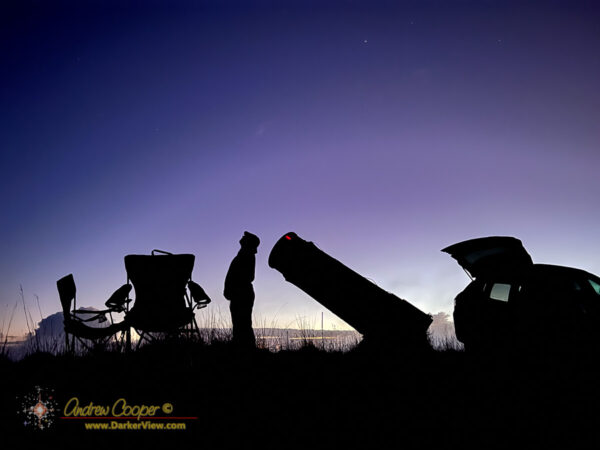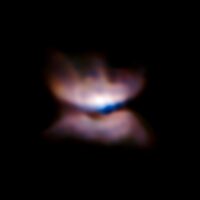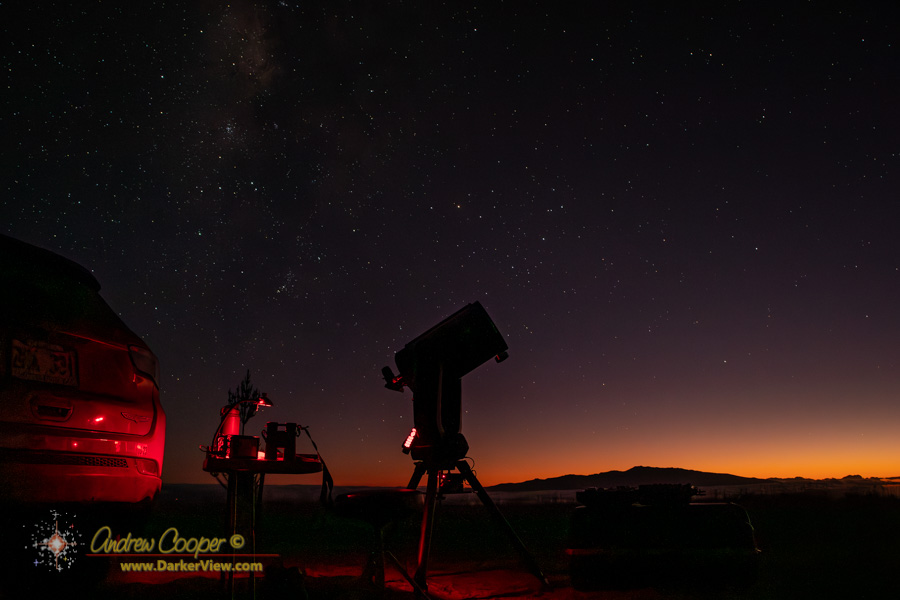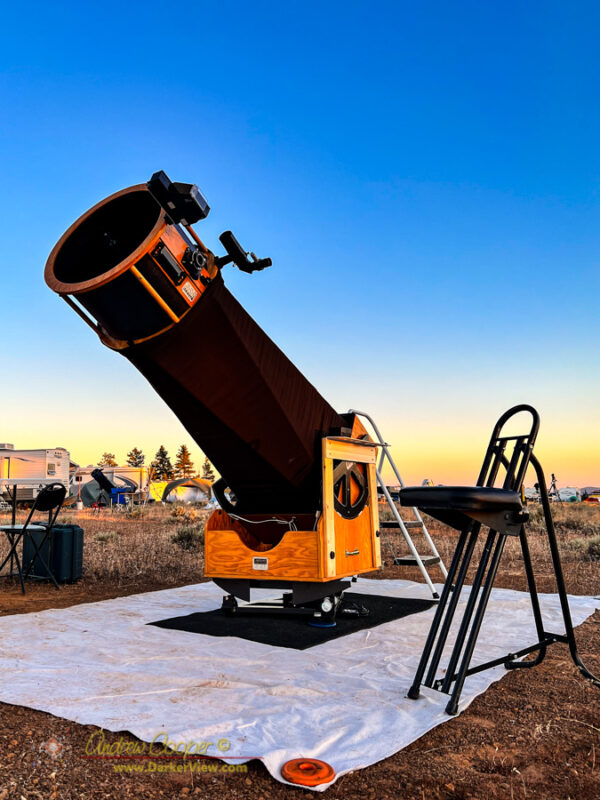
Awaiting Dark

When you want to see the stars, find someplace dark
Exploring the cosmos

While I have gotten plenty of telescope time lately, it has usually been morning sessions with the old Astrola in my driveway. This is a low effort and thoroughly enjoyable practice that I engage in about half a dozen times each month. Such sessions do mean that my 18″ telescope languishes for far too long in the garage.
I really need to change that.
Thus when my fellow staff at Symbrosia start asking for another star party it made a good excuse to get the big ‘scope out of the garage and under a dark sky.
Continue reading “A Misty Night at Kaʻohe”Today is February 29th, that odd date that only occurs every four years.
The reason for a leap day inserted into the calendar, the existence of February 29th, is ultimately astronomical. Perhaps a little explanation is in order…
We originally defined days as the time it takes the Earth to rotate. While we define years as the time it takes the Earth to orbit once around the Sun. The problem is that these values do not divide evenly into one another.

It is that bunch of decimals, the 0.24219 etc., that is the problem, every four years the count drifts out of sync by roughly one day. The insertion of an extra day every four years helps bring the calendar back into synchronization with the orbit of the Earth and with the seasons.
Even leap years do not quite fix the problem as 0.24219 is close, but not quite 0.25 or one quarter of a day. Thus additional corrections are needed… Enter leap centuries.
Our current calendar was instituted by Pope Gregory XIII in 1582, setting up a standard set of corrections for the fractional difference between the length of a year and the length of a day. Scholars knew that errors had been accumulating in the calendar for centuries, resulting in a drift of several days. Religious authorities were concerned that this drift had displaced important celebration in the church calendar, in particular the celebration of Easter. After much argument it was decided to reform the calendar. The current solution was devised by a number of astronomers, including Aloysius Lilius, the primary author of the new system.
The Gregorian Calendar uses an extra day in February every four years, unless the year is divisible by 100, then there is no leap leap day that year. However, if the year is divisible by 400, then it is a leap year. While this may sound odd, it does create a correction much closer to the ideal value of 365.24219 days per year.
I am a geek, so let us put that into code…
Even this is not perfectly precise. The correction is close but will drift given enough time. The length of a tropical year also changes slowly over time. We will eventually have to add another correction to keep the calendar and the seasons in sync. But not for a few millennia, good enough, for now.
As 2024 is divisible by four and not divisible by 100, there will be a leap day added to the end of this February… Today.
Gazing up at the sky while reading the old texts one would not be amiss in believing that the stars never change. Indeed there are many who insist vehemently that the stars are eternal and unchanging. But the stars do indeed change, often quite visibly, sometimes within the span of a human lifetime.

One such star is L2 Puppis.
A bright star, one of the few naked eye variable stars that could be seen to fade and reappear without the aid of a telescope much like the far more famous stars Mira and Algol. On star charts the star is found prominently drawn at magnitude 4, buf if you attempt to locate it today you will not find it without the use of a telescope.
I first encountered this star quite recently while starhopping through southern Puppis with an 8″ telescope from the driveway. The chart showed two bright stars close together, L1 Pup and L2 Pup, while the view in the finder ‘scope showed only one bright star.
Continue reading “A Changing Sky”
First quarter moon… Telescope time.
I find myself reliably rising early, often around 4am, something that seemed to have begun during the pandemic. Those who knew me in my younger years may find this a bit unbeliveable, I used to hate mornings, but now?
The other factoid about island mornings. It is almost always clear. The afternoon and evening clouds have dissipated and clear skies are the rule.
Combine these bits with a love of the sky and the result is morning observing sessions, often half a dozen mornings will be spent out with a telescope in those couple weeks the Moon is absent from the morning sky.
Get up, shrug on some ratty old clothes, and wheel the telescope out of the garage. The ‘scope of choice is almost always the old Astrola, even with larger and more sophisticated telescopes available there is just something about using that old manual ‘scope that I find satisfying.
Perhaps the lack of computer or digital setting circles means it is my own skill enabling my path among the stars. The Astrola does have manual setting circles, but I rarely use those. A star chart, a finder, and starhopping allow me to wander through rather than jump about… I just see more, often stumbling across unexpected bits of beauty.
I have upgraded the Astrola a bit lately, adding a larger finder ‘scope with a wide field eyepiece. It is a 50mm 3D printed finder of my own design allowing me to see more sky at once with fainter stars.
There are a few more days until the bright Moon crosses into the morning sky, a few more mornings you will likely find me out with the ‘scope.
The ZWO AM5 telescope mount is a great piece of kit… It integrates very well with software allowing easy computer control, just click and go. The mount tracks wonderfully allowing excellent astrophotos. It is small, does not require a counterweight for smaller ‘scopes, and precise polar alignment is a breeze.
The mount is not without issues… Without a camera integrated into the system the GOTO accuracy is awful, using the mount as a visual mount is frustrating. You really need to have at least a guide camera and the ASI Air computer connected to allow to plate solving and automatic correction of the position at the end of each slew to a new target.
Another issue is that the mount has no concept of cord wrap. It will happily spin around and around as you wander across the sky. In equatorial mode this is not an issue, in alt-azimuth mode this runs the risk of damaging your equipment if you do not notice the power cord getting wrapped up on the mount in the dark.
Yes, I did that.
Continue reading “A Battery Caddy for the AM5”